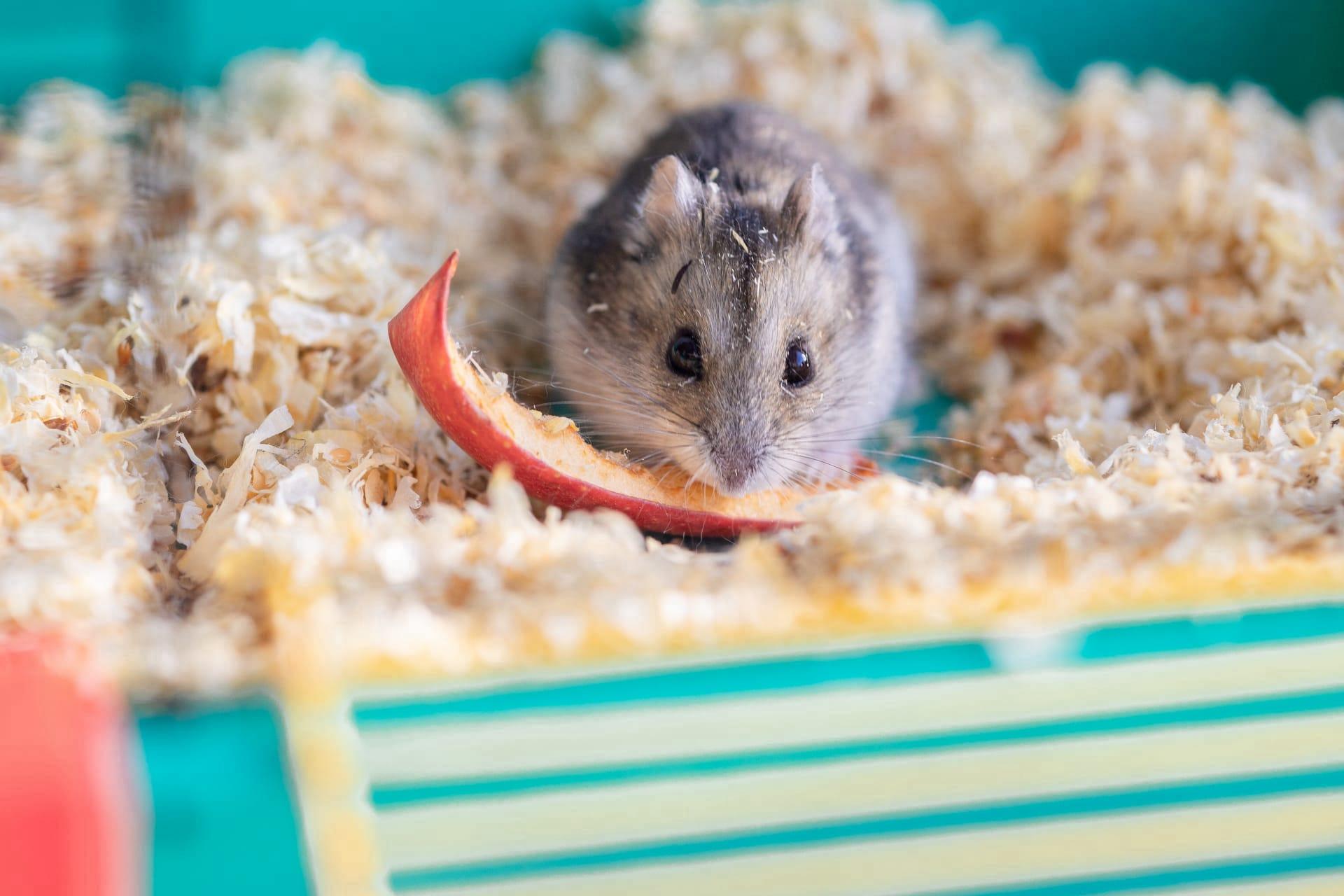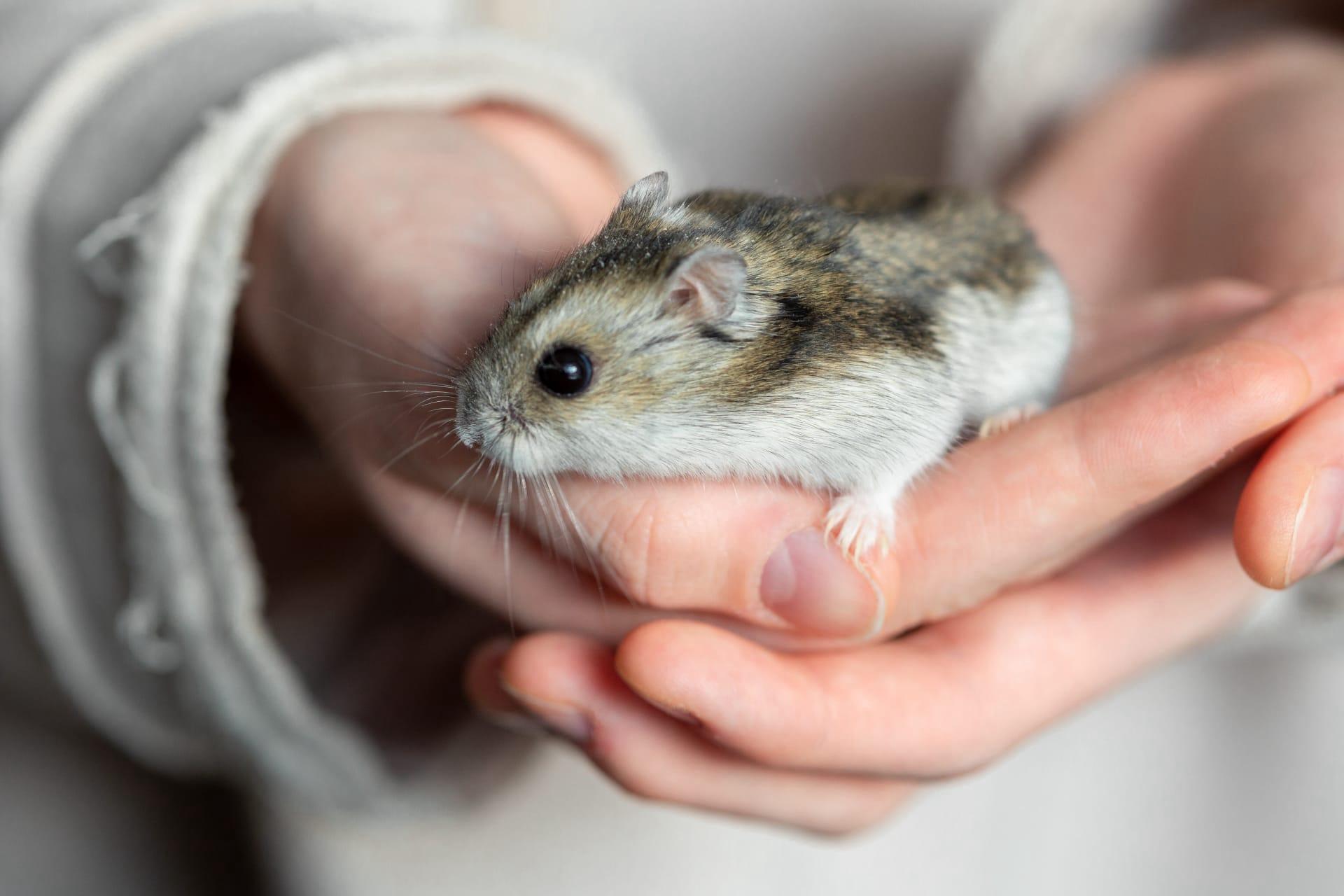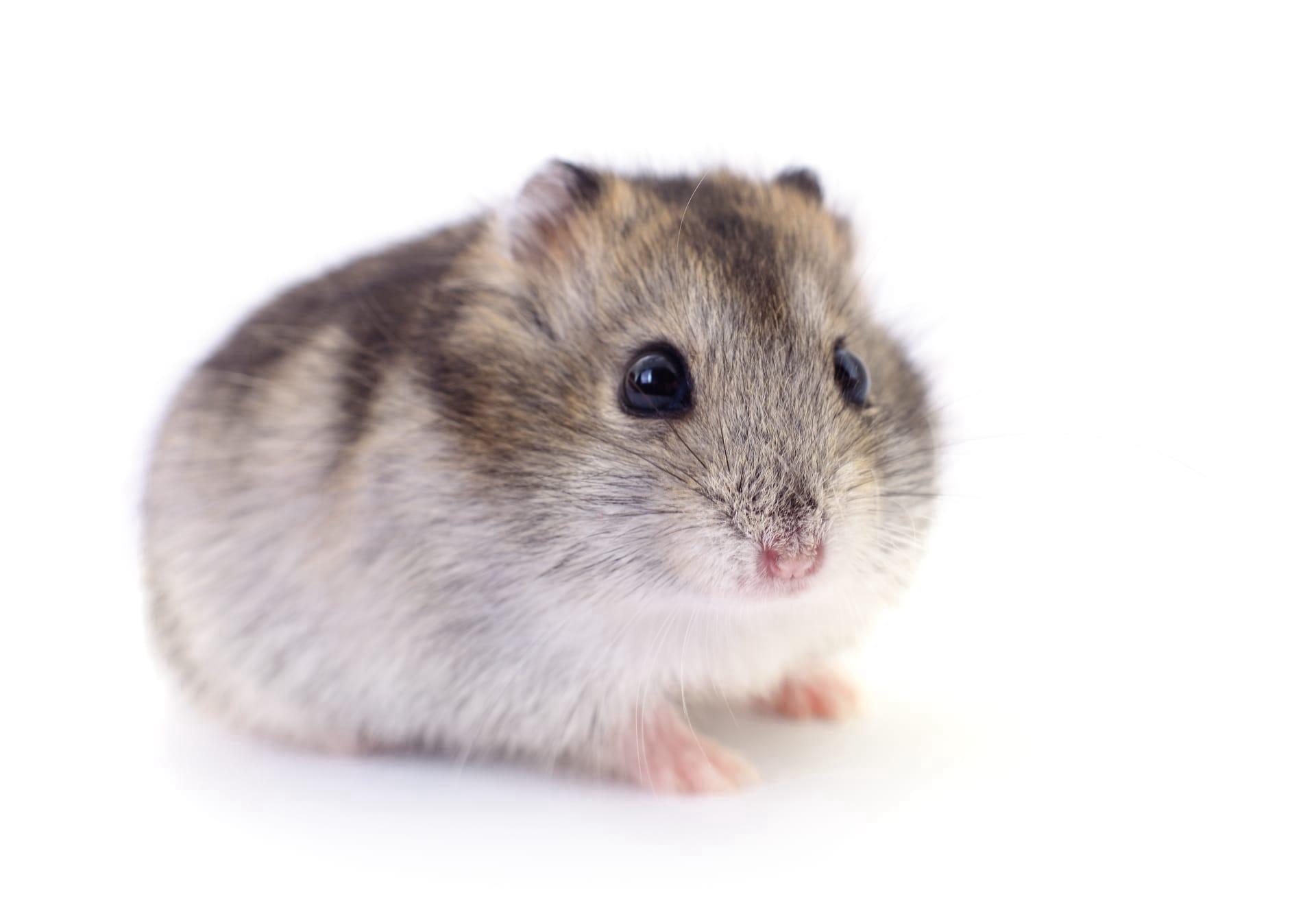Hamster Trivia
- Home /
- Trivia Question /
- Animal /
- Hamster Trivia
1
Question: How long do hamsters usually live?
Answer: Hamsters have a relatively short lifespan, typically living for about 2 to 3 years. This duration can vary depending on the breed, with the Syrian hamster often living slightly longer than Dwarf varieties. The Roborovski dwarf hamster, for example, has a lifespan averaging around 3 to 3.5 years. Proper care, nutrition, and a stress-free environment can contribute to a hamster's longevity.
Question: What is the largest breed of hamster?
Answer: The Syrian hamster, also known as the Golden hamster, holds the title for being the largest breed. They can grow up to 6 to 7 inches (15 to 18 centimeters) in length. Syrian hamsters are solitary creatures and are known for their friendly and docile nature. They are a popular choice for pets due to their size, which makes them easier to handle and care for compared to smaller breeds.

2
Question: Can hamsters eat chocolate?
Answer: No, hamsters should never eat chocolate. Chocolate contains theobromine and caffeine, which are toxic to hamsters. Ingesting even small amounts can lead to serious health issues, including heart problems, seizures, and even death. It's important to stick to a diet appropriate for hamsters, which includes grains, vegetables, and occasional fruit treats.
Question: Do hamsters need to live in pairs or groups?
Answer: Contrary to popular belief, most hamsters prefer living alone. Syrian hamsters, in particular, are highly territorial and can become aggressive if housed with another hamster. Dwarf hamsters, such as the Campbell's, Roborovski, and Winter White, may tolerate a same-sex companion if they have been together since a young age, but close monitoring is essential to prevent potential fights.

3
Question: How do hamsters communicate?
Answer: Hamsters communicate through a variety of vocalizations, body language, and scent marking. They may squeak or hiss to express distress or displeasure, while gentle chattering can indicate contentment. Hamsters also use scent glands located on their flanks to mark territory and recognize each other. Observing their body language, like standing on hind legs (alertness) or grooming (comfort), helps understand their mood and needs.
Question: Why do hamsters stuff their cheeks?
Answer: Hamsters stuff their cheeks to transport food. Their cheek pouches, which extend to their hips, allow them to carry substantial amounts of food back to their burrows in the wild, or to a hiding spot in captivity. This behavior is instinctive and tied to their need to store food for later consumption, a survival trait from their natural habitat where food might not always be readily available.

4
Question: Are hamsters nocturnal animals?
Answer: Yes, hamsters are primarily nocturnal, meaning they are most active during the night. This behavior is an evolutionary adaptation to avoid daytime predators in the wild. In captivity, hamsters may adjust slightly to their environment but generally remain active at night or during twilight hours (dusk and dawn). It's important for pet owners to respect their sleep patterns to avoid stress.
Question: What is the best way to handle a hamster?
Answer: Handling a hamster requires gentleness and patience. It's best to let the hamster come to your hand on its own terms. Avoid picking them up from above as it can trigger a defensive response. Scooping them from below is more comforting. Letting them walk onto your hand in their cage before lifting them reduces stress. Always support their entire body and never squeeze them. Frequent, gentle handling can help build trust and socialize your hamster.

5
Question: How often should a hamster's cage be cleaned?
Answer: A hamster's cage should be cleaned at least once a week. This involves changing bedding, washing the cage with a mild detergent, and ensuring that no moldy or soiled food remains. Regular cleaning prevents the buildup of harmful bacteria and maintains a healthy environment. However, it's important to leave a bit of the old bedding during each clean to help the hamster feel secure with its own scent.
Question: Can hamsters swim?
Answer: While hamsters can swim, they generally should not be put in water for swimming. Swimming can be a stressful and frightening experience for them. Their fur is not designed to repel water well, and getting wet can lead to health issues like colds or pneumonia. A hamster's natural environment is arid and dry, so it's best to avoid unnecessary water exposure. If they need cleaning, spot cleaning with a damp cloth is preferable.